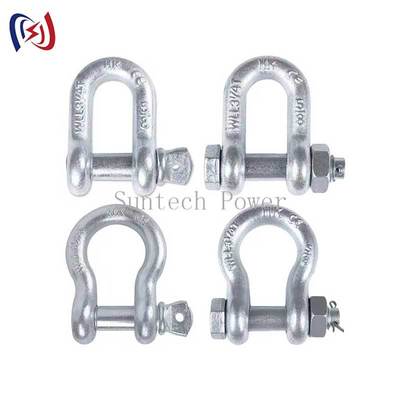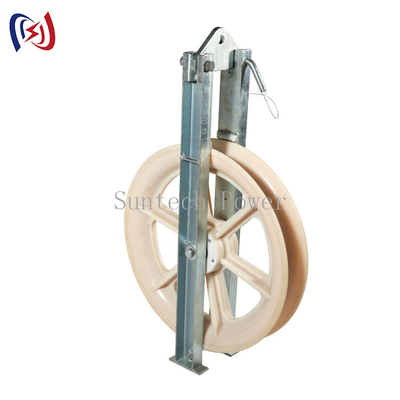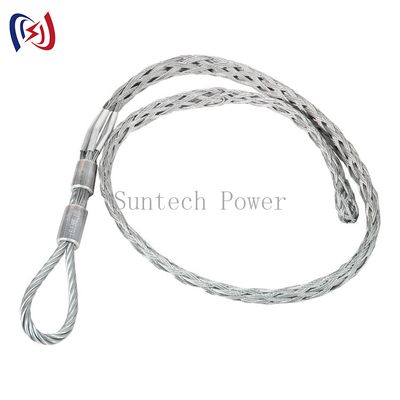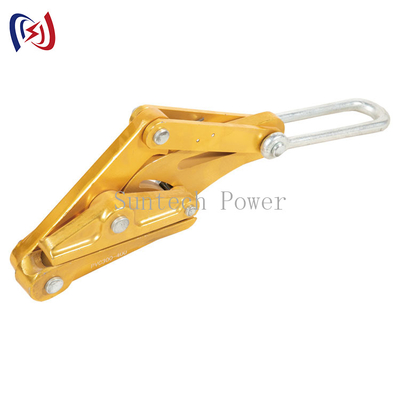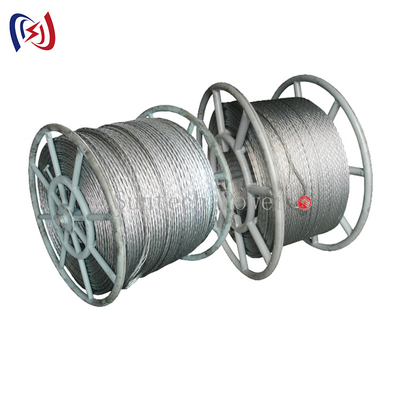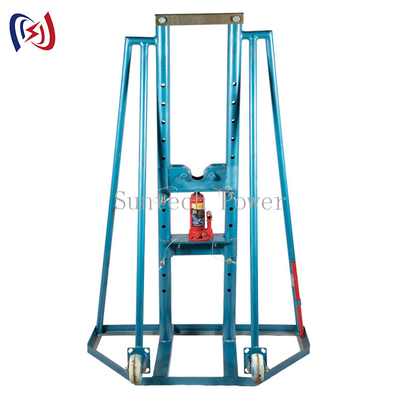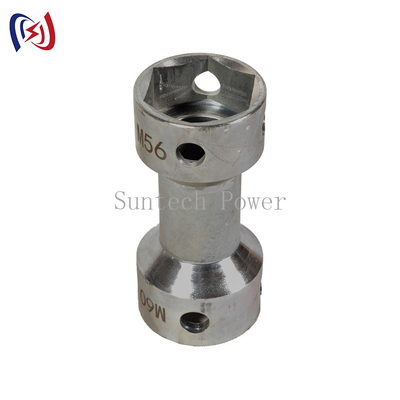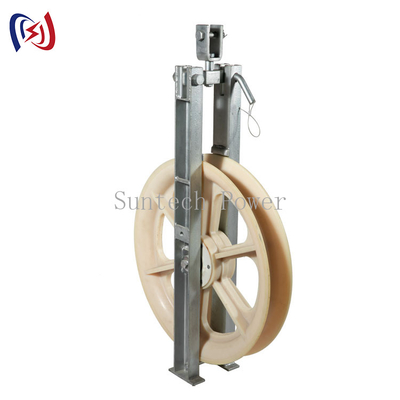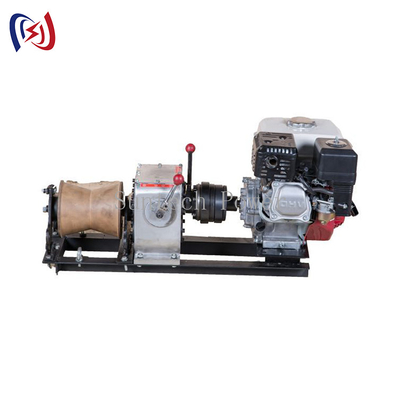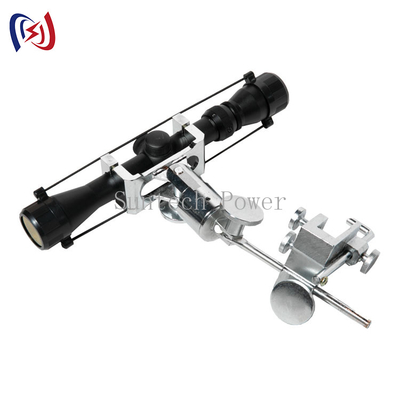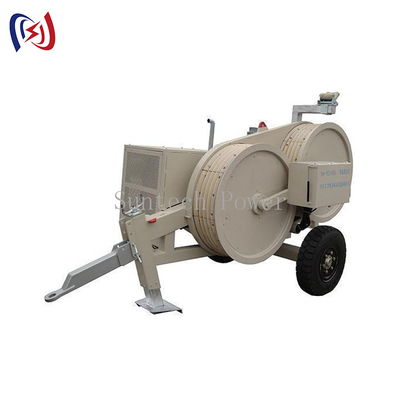Introducción a los postes de ginebra de rejilla con suspensión interna - ¿ Qué?
Los postes de ginebra de rejilla suspendidos en el interior son dispositivos de elevación especializados utilizados en la construcción de torres de transmisión de alto voltaje.Estas estructuras de ingeniería proporcionan un método seguro y eficiente para ensamblar torres de acero de rejilla pieza por pieza, acelerando significativamente los plazos de los proyectos en comparación con los métodos tradicionales basados en grúas.
Diseñados para operaciones de elevación vertical, estos postes de ginebra se suspenden dentro de la estructura de la torre durante el montaje, ofreciendo un control preciso sobre la colocación de componentes pesados.Su diseño modular permite la adaptación a varias configuraciones de torres, por lo que son indispensables para los proyectos de infraestructura energética en terrenos difíciles.
Para empresas de construcción y empresas de servicios públicos que buscan soluciones optimizadas para la construcción de torres, nuestra gama de postes de ginebra suspendidos en el interior ofrece un rendimiento confiable en diversos requisitos del proyecto.Descubra cómo esta tecnología puede transformar su metodología de construcción de líneas de transmisión.
Entender el diseño de ingeniería
- ¿ Qué?
Descomposición de los componentes estructurales - ¿ Qué?
-
El mástil principal.
-
Construcción de vigas de acero de alta resistencia
-
Conexiones de sección modular
-
Revestimientos resistentes a la corrosión
-
Sistema de suspensión
-
Puntos de fijación múltiples
-
Armaduras de distribución de carga
-
Cables de suspensión ajustables
-
Mecanismo de elevación
-
Las demás máquinas y aparatos para la fabricación de máquinas y aparatos
-
Sistemas de recolección de dos líneas
-
Dispositivos de protección contra la sobrecarga
-
Características de estabilización
-
Sistemas de anclaje de tipo
-
Dispositivos de retención laterales
-
Dispersores de carga para cimientos
Especificaciones técnicas - ¿ Qué?
|
Parámetro
|
Rango estándar.
|
|
Capacidad máxima de elevación
|
5-20 toneladas métricas
|
|
Altura de trabajo
|
Entre 30 y 120 metros
|
|
longitud de la sección del mástil
|
Entre 3 y 6 metros
|
|
Resistencia al viento
|
Hasta 15 m/s
|
|
Adaptabilidad a la pendiente
|
Inclinación de 0 a 10°
|
Aplicaciones en la construcción de torres
- ¿ Qué?
1. la erección secuencial de la torre - ¿ Qué?
-
Instalación de la sección de base
-
Elevación de paneles intermedios
-
Colocación del brazo cruzado
-
Asamblea final del pico
2. Escenarios especiales de construcción - ¿ Qué?
-
Proyectos en terrenos montañosos
-
Torres de cruce fluvial
-
Sitios de acceso limitado
-
Instalaciones urbanas densas
3. Operaciones de mantenimiento - ¿ Qué?
-
Reemplazo de los componentes de las torres
-
Refuerzo estructural
-
Actualizaciones de la protección contra rayos
-
Instalación de la plataforma de inspección
Ventajas sobre los métodos convencionales
- ¿ Qué?
Beneficios operativos - ¿ Qué?
✔ 40% más rápido que los métodos de grúa
✔ reducción del 60% de los requisitos de derecho de paso
✔ 30% menos costes de movilización de equipos
✔ Capacidad ilimitada de progreso de altura
Mejoras en la seguridad - ¿ Qué?
-
Elimina los riesgos de carga oscilante
-
Reduce la exposición de la tripulación de tierra
-
Proporciona capacidad de descenso controlado
-
Incorpora múltiples protecciones de carga
Ventajas económicas
-
Menor inversión de capital
-
Preparación mínima del sitio
-
Consumo de combustible reducido
-
Tamaño flexible de la tripulación
Criterios de selección para un rendimiento óptimo
- ¿ Qué?
1. Requisitos del proyecto- ¿ Qué?
-
Altura de la torre: Determinar las secciones de mástil necesarias
-
Peso del componente: comprobar la capacidad de elevación
-
Acceso al sitio: Evaluación de la logística de transporte
-
Horario: Evaluación de las necesidades de velocidad de erección
2. Consideraciones medioambientales - ¿ Qué?
|
- ¿ Qué condición?
|
Características de la solución
|
|
Vientos fuertes
|
Encuestas adicionales
|
|
Suelos rocosos
|
Fondos especiales
|
|
Aire corrosivo
|
Revestimientos mejorados
|
|
Temperaturas extremas
|
Certificaciones de materiales
|
3. Capacidades de la tripulación- ¿ Qué?
-
Nivel de experiencia: Requisitos de formación
-
Tamaño del equipo: complejidad de la operación
-
Certificaciones: cumplimiento de la seguridad
-
Reglamentación local: Consideraciones relativas al permiso
Sistemas y protocolos de seguridad
- ¿ Qué?
Características de protección integradas - ¿ Qué?
-
Control automático de la carga
-
Sistemas de frenos de emergencia
-
Cables de retención secundarios
-
Sensores de proximidad al suelo
-
Integración del monitoreo meteorológico
Normas de seguridad en el funcionamiento - ¿ Qué?
-
Inspección estructural previa a la elevación
-
Comprobación diaria de las instalaciones
-
Servicio mecánico semanal
-
Revisión mensual de la certificación
-
Procedimientos de notificación de incidentes
Requisitos de mantenimiento y servicio
- ¿ Qué?
Horario de mantenimiento de rutina - ¿ Qué?
-
Diario: lubricar piezas móviles
-
Semanal: inspeccionar las conexiones estructurales
-
Mensual: Sistemas de control de ensayo
-
Cuarta vez al año: sustitución de componentes de desgaste
-
Anualmente: Recertificación profesional
Piezas de repuesto críticas - ¿ Qué?
-
Cables de alambre (reemplazo anual)
-
Los conjuntos de gavillas (inspección de dos años)
-
Componentes hidráulicos (5 años de revisión)
-
Los elementos de fijación estructurales (verificación mensual del par)
Formación y certificación
- ¿ Qué?
Calificación del operador - ¿ Qué?
-
Formación en el aula de 80 horas
-
Supervisión de campo de 120 horas
-
Recertificación anual
-
Formación en condiciones especiales
Evaluación de las competencias - ¿ Qué?
- ¿ Qué?Análisis de costes y beneficios
- ¿ Qué?
Economía de la aplicación - ¿ Qué?
|
- ¿ Qué?
|
El ahorro frente a los métodos de grúa
|
|
Costo de los equipos
|
Reducción del 60%
|
|
Preparación del sitio
|
75% menos requerido
|
|
Tamaño de la tripulación
|
40% de equipos más pequeños
|
|
Consumo de combustible
|
90% más bajo
|
Línea de tiempo del ROI - ¿ Qué?
-
Pequeños proyectos: 3-6 meses de amortización
-
Proyectos medianos: recuperación de 2-4 meses
-
Programas de gran tamaño: punto de equilibrio de 1 a 3 meses
Desarrollo tecnológico futuro
- ¿ Qué?
Hoja de ruta para la innovación - ¿ Qué?
-
Sistemas de elevación automatizados
-
Capacidades de monitoreo remoto
-
Ciencias avanzadas de los materiales.
-
Sección de rejilla compuesta
-
Componentes de autodiagnóstico
-
Sensores de carga inteligentes
- ¿ Qué?Mejora de la sostenibilidad - ¿ Qué?
-
Opciones de energía eléctrica
-
Contenido de materiales reciclables
-
Sistemas de recuperación de energía
-
Fabricación de bajo impacto
Conclusión: Revolucionando la construcción de torres - ¿ Qué?
Los postes de ginebra de rejilla suspendidos en el interior representan un enfoque transformador para la construcción de torres de transmisión, ofreciendo:
✔ Capacidad inigualable de progresión de la altura
✔ Un rendimiento de seguridad superior gracias a controles diseñados
✔ Eficiencia de costes significativas en comparación con los métodos que dependen de grúas
✔ Adaptabilidad a proyectos complejos
Para los equipos de construcción listos para elevar sus capacidades de construcción de torres, nuestra amplia gama de postes de ginebra suspendidos en el interior ofrece soluciones a medida para cada requisito del proyecto.Visite nuestra cartera de productos para explorar las especificaciones e identificar la configuración óptima para sus necesidades de construcción de líneas de transmisión.

 ¡Su mensaje debe tener entre 20 y 3.000 caracteres!
¡Su mensaje debe tener entre 20 y 3.000 caracteres! ¡Por favor revise su correo electrónico!
¡Por favor revise su correo electrónico!  ¡Su mensaje debe tener entre 20 y 3.000 caracteres!
¡Su mensaje debe tener entre 20 y 3.000 caracteres! ¡Por favor revise su correo electrónico!
¡Por favor revise su correo electrónico! 
